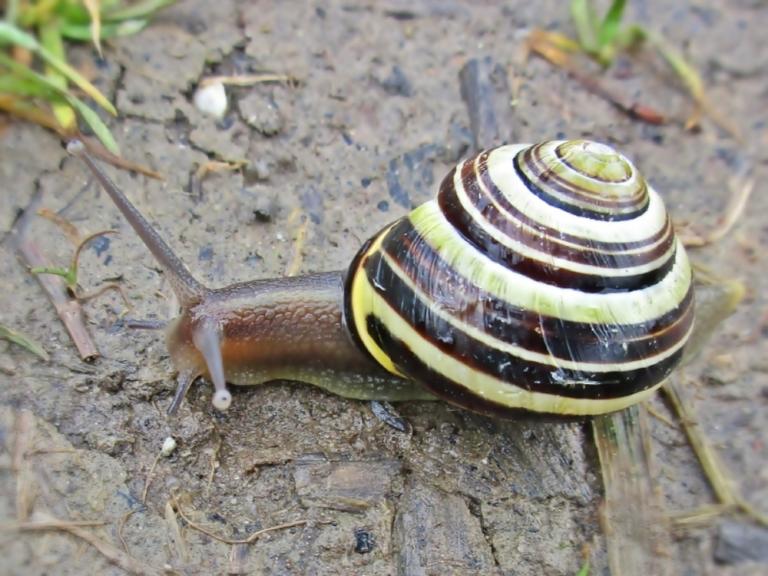
Rapid evolution takes place when there are drastic changes in the environment which drives species' adaptation. These days, humans are the chief cause for such drastic environmental changes. I run a number of research projects to understand how such HIREC (Human-Induced Rapid Evolutionary Change) takes place.
Inshort
1. Snail shell colour evolution
Using the classic model species Cepaea (the banded snail), this project aims to assess the evolutionary effects of human-induced climate and habitat change. Kick-started by the successful Darwin Year (2009) citizen science project Evolution Megalab, we are running studies in which we resample sites that have been sampled for Cepaea in the past. We also use transcriptomics to obtain information on the shell pigmentation genes involved. In combination with GIS and climate data, we assess and interpret the adaptive changes in morph frequencies.
More information:
- Instruction video on YouTube (in Dutch)
- The PLoS ONE publication
- The Nature Communications publication
2. Evolution after invasion
A comparable study within this project is concerned with the evolutionary adaptation of native herbivorous insects to introduced plants (Evolution after invasion). Started in early 2008, we identify cases of normally oligophagous phytophagous insects that feed on woody plants without related native species. This usually includes trees and shrubs from other continents and/or genera with no European representatives. Once identified, the populations on the new host plant is screened for morphometric or genetic differentiation from the population on the native host plant, to look for incipient sympatric speciation.